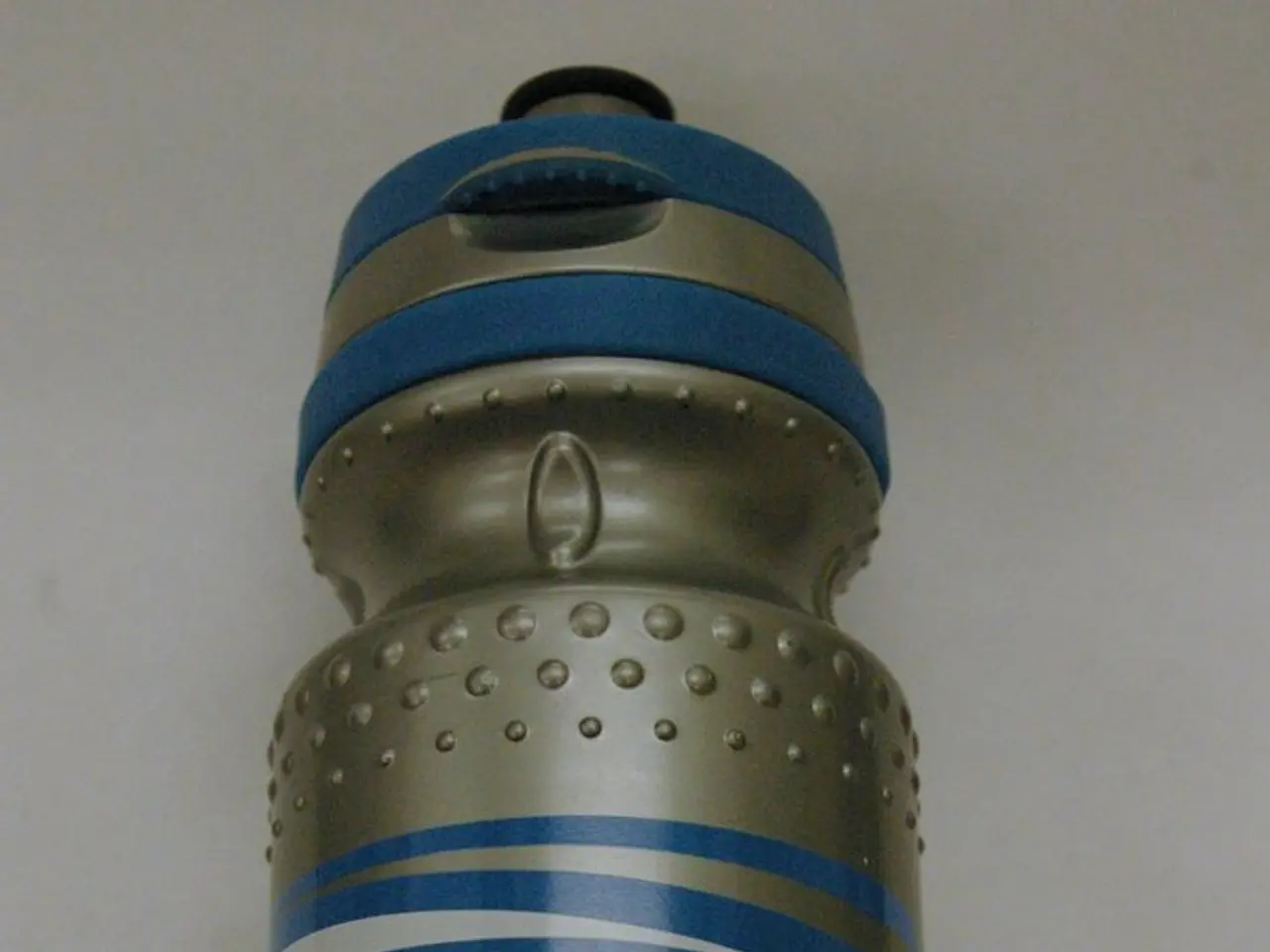Quantum computing applied in the discovery of COVID-19 medications
The race to find effective treatments for COVID-19 continues, with a significant breakthrough made by researchers at the Oak Ridge National Laboratory (ORNL) and other institutions. The team, led by Irle and Vuong, has developed a quantum mechanical refinement protocol that could potentially revolutionise the drug discovery process.
The preliminary stages of this protocol involve investigating 15 spike protein clusters and refining the binding energies of 150 protein ligand complexes. The aim is to enhance the accuracy of computational methods for identifying potential therapeutic compounds that interfere with the spike protein's function.
The COVID-19 pandemic has infected over 180 million people and claimed nearly four million lives worldwide. Successful vaccines that target the coronavirus's spike protein are driving down global infection rates, but the need for effective treatments remains crucial.
The ORNL Summit, the #2 fastest supercomputer in the world, played a significant role in the molecular dynamics simulations of this drug discovery pipeline study. The Summit performed approximately 2.07 million physical docking calculations on a smaller database and 2.4 billion docking calculations with the Enamine REAL database of compounds.
The process begins with a computational prescreening based on a structural model of the target protein's atoms. In a prior study, 3000 top potential candidates were sifted out based on binding affinity to the active sites of the coronavirus spike protein. The top 100 strongest-binding compounds were further refined and validated using FMO-MP2/PCM single point energy calculations.
The research results were published in the Journal of Chemical Information and Modeling with the DOI 10.1021/acs.jcim.0c01010. The team's ultimate goal is to reduce the number of drug candidates and reliably narrow down the most active species to respond faster to pandemic situations like COVID-19.
Funding and support for this drug discovery pipeline work were provided by various entities, including the Alabama Supercomputer Authority, the National Institutes of Health, a National Science Foundation Graduate Research Fellowship, the Cancer Research Informatics Shared Resource Facility of the University of Kentucky Markey Cancer Center, and the University of Kentucky's Center for Computational Sciences (CCS) high-performance computing resources.
The Stampede2 system of the Texas Advanced Computing Center, ranking #35 fastest globally and #3 in U.S. academia, was also used for the computations in this research. The ORNL research project, along with others studying COVID-19, is supported by the DOE Office of Science's National Virtual Biotechnology Laboratory with funding from the Coronavirus CARES Act.
This supercomputer-driven pipeline for in silico drug discovery could pave the way for faster and more accurate identification of potential treatments for COVID-19 and future pandemics. The work of Irle, Vuong, and their collaborators represents a significant step forward in the global effort to combat the ongoing pandemic.








